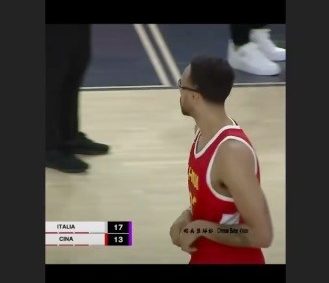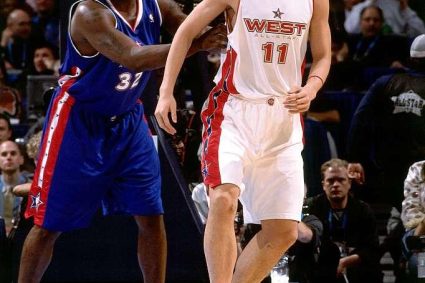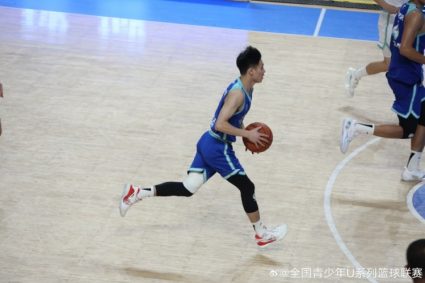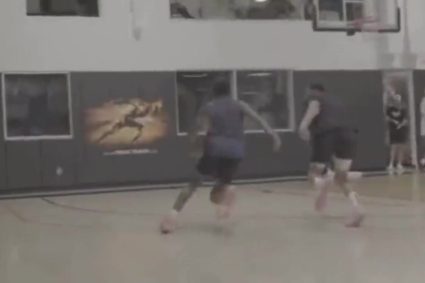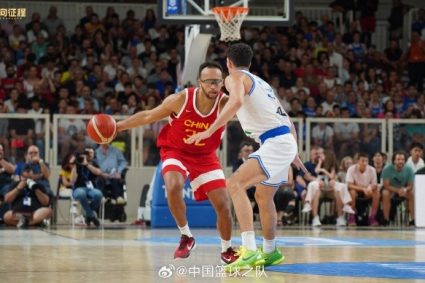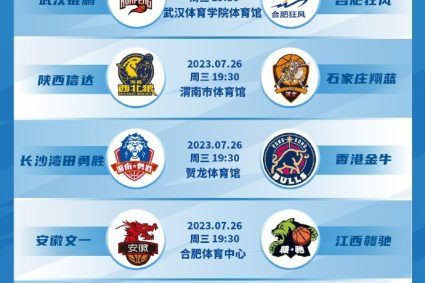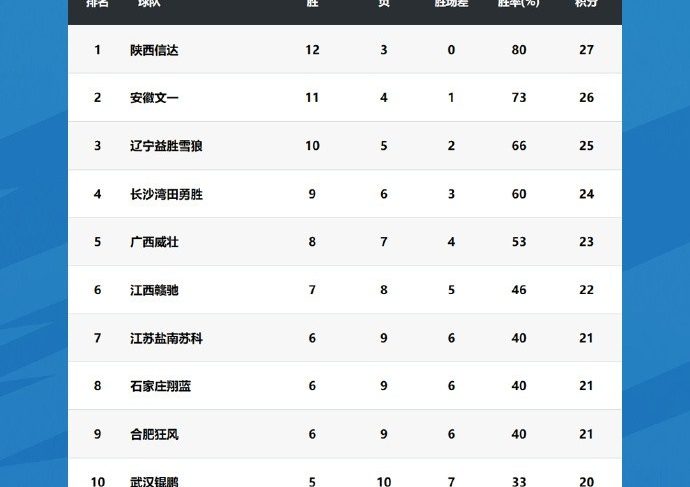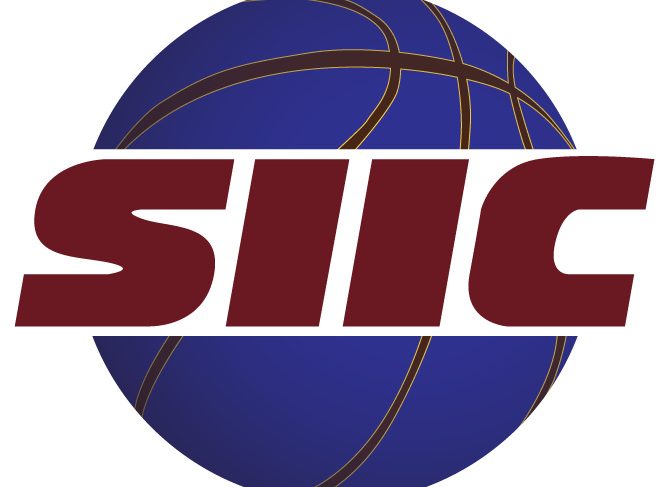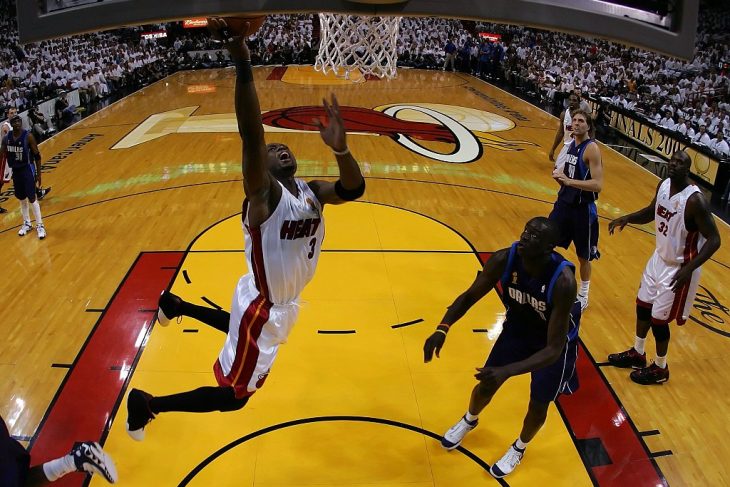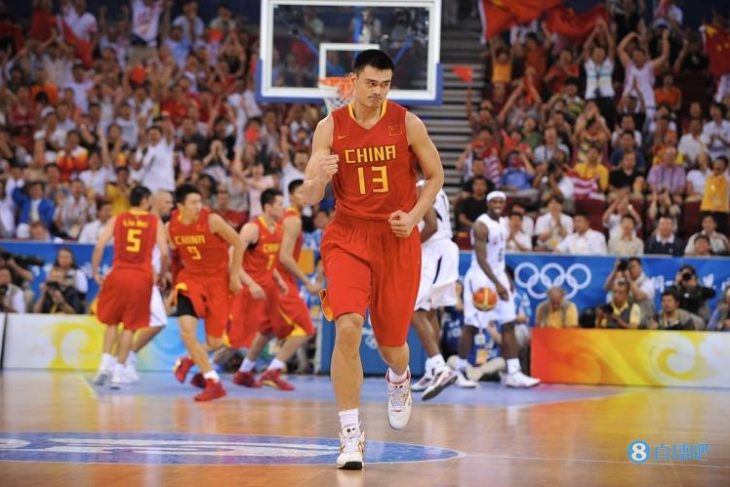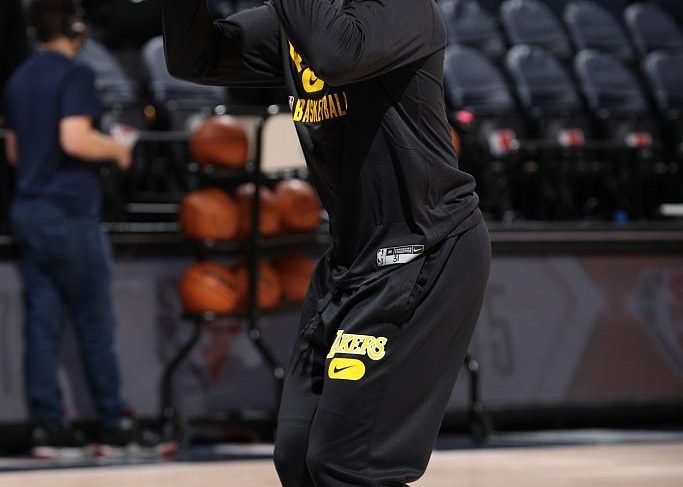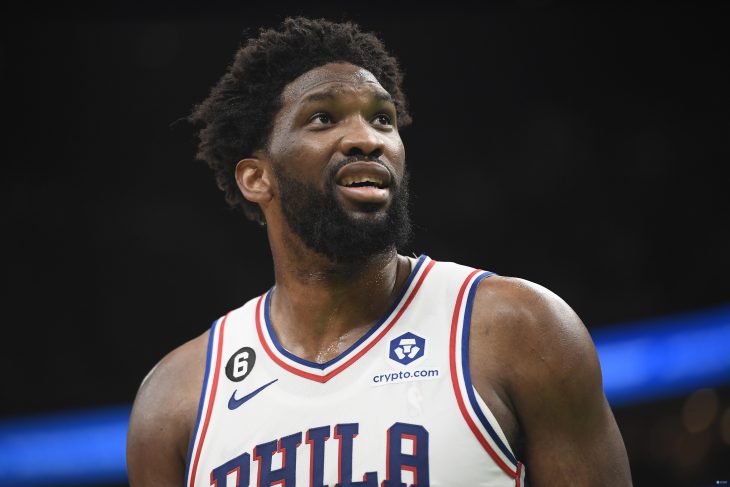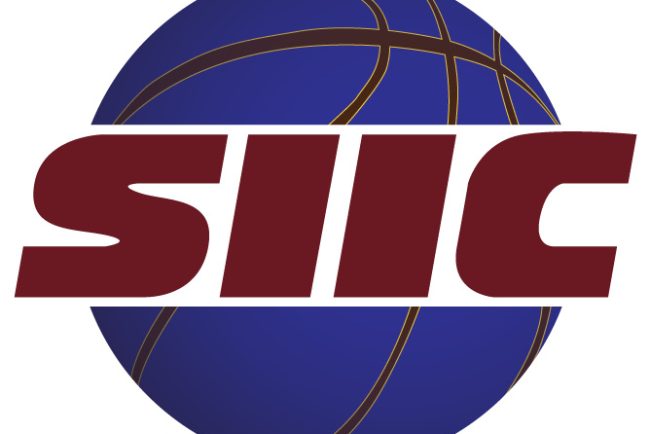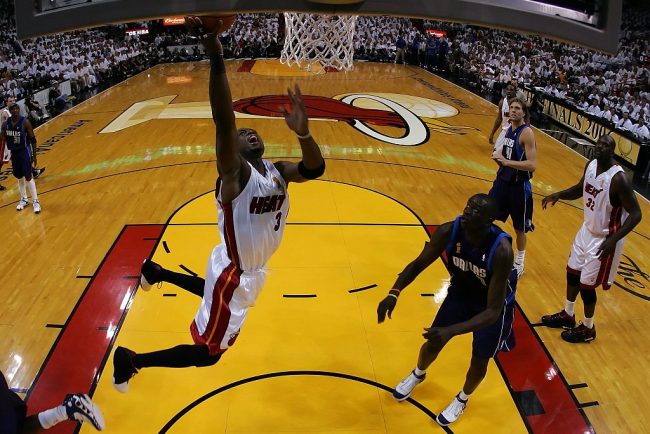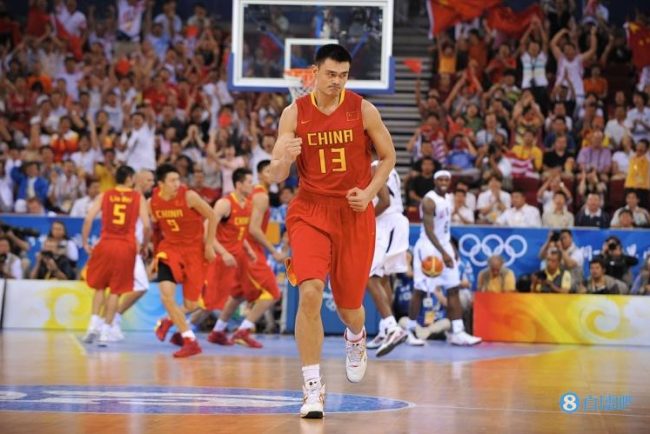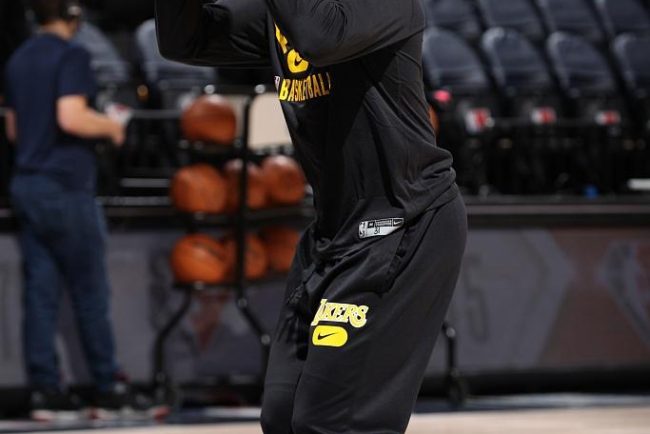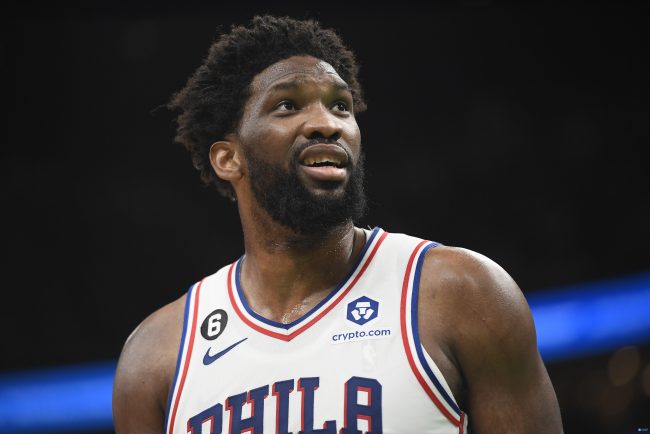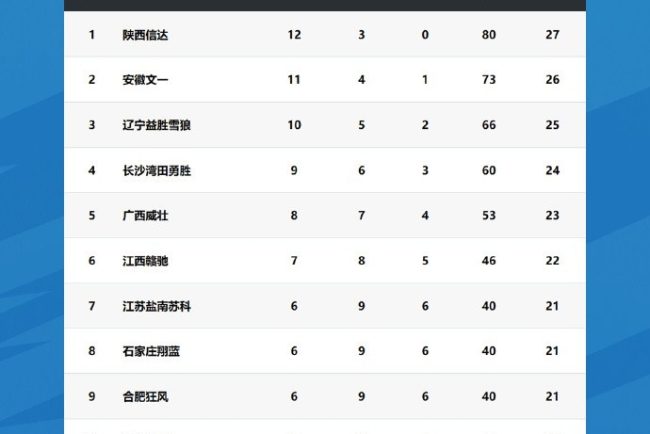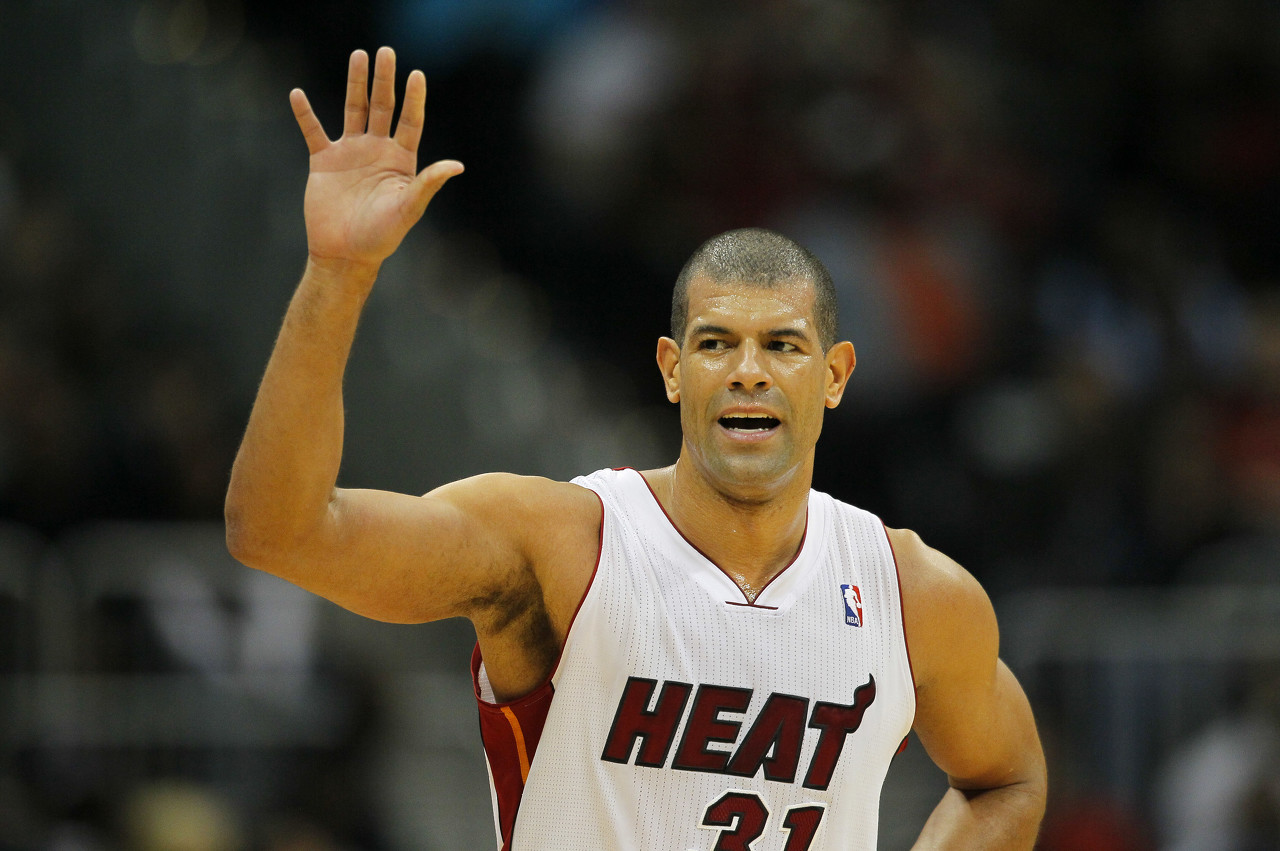

In the state-of-the-art 103000-square-foot field of Atlanta’s Overtime Elite, eight video cameras were placed around one of the courts, and each camera could capture 240 frames per second. The ten players of the project, including the two top five draft players in the recent NBA draft-Thompson brothers, are conducting a seemingly simple shooting training: 25 free throws, 25 middle distance jump shots and 25 arch top three points.
This training has been conducted twice, in January and May respectively, as part of the cooperation between the Canadian Elite Alliance and Breakaway Data company. The Canadian Elite League is a professional league for teenagers aged 16 to 20. It is an alternative choice for elite high school students, NCAA or G League to ignite the team.
Breakaway Data is a start-up company that has developed a biomechanical projection laboratory inspired by Driveline Baseball. Data-oriented performance training program is revolutionary to Baseball training.
In Breakaway, Data initially served the quarterback of rugby and later expanded to other sports. At the NBA Technology Summit held during the Las Vegas Summer League, similar facilities are also set up in a gymnasium.
All cameras track the shooter’s movements from 24 connection angles, generate thousands of data points, and compile these data points into each player’s five-page report. The report integrates colorful diagram and key points analysis, focusing on three aspects of shooting: fixed position (lower body) and shooting action (movement track of arms and hands) and hand point (elbow and wrist).
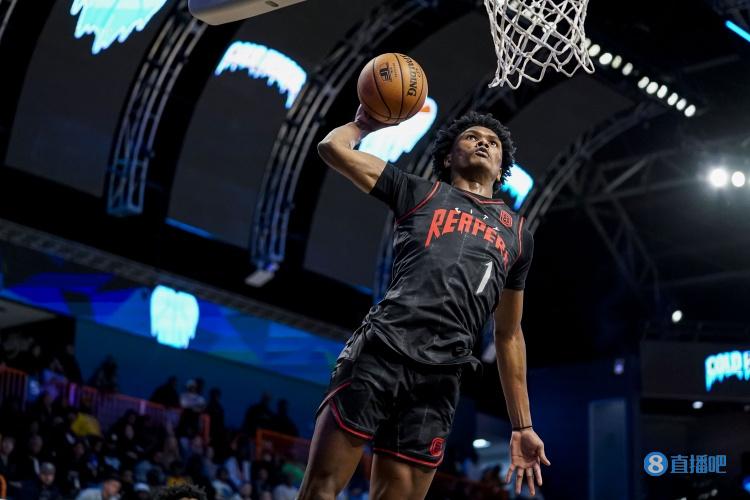
“I think this is of great reference value. Not everything is suitable for everyone, but these (data) are not bad things. It will only help us get as much information as possible. I think this is the benefit it brings to us.” Rockets No. 4 rookie-Amen Thompson, a player from the Canadian Elite League, said in an interview with ESPN.
Draft experts predict that if Amen-Thompson and Azar-Thompson can become shooters, they will become stars in the future. In fact, they did not see biomechanical analysis reports about their shooting, let alone studying these reports.
We cannot expect a 20-year-old young man to master complex biomechanical data, such as shooting path angle, vertical and horizontal body speed or shoulder angle when shooting, and integrate it into actual shooting adjustment. Therefore, most NBA veterans cannot do this either.
“How to make them understand is the challenge I face. We are working together to break down these very complicated information into simple points that any player or coach can understand. Can’t cause too many difficulties for them.” Marcus krusman, vice president in charge of players’ health, performance and development of the Canadian Elite League, told ESPN.
Kruseman’s goal is to use these reports to propose a promotion focus of “up to three, but usually one to two” for each player. Amen-Thompson recalled that he focused on improving the strength of the lower body, especially the position of the ankle and the strength of the buttocks, because the data showed that he relied more on arm strength than ordinary shooters.
“We are still at an early stage in the field of data analysis, and the teams that are best at using data have very strong game interpretation ability,” with 13 years of career, two championships, sean Battier, a Data investor and consultant on Breakaway, told ESPN. “You still need to explain to people how this is applied and what it means for the development of athletes.”
“As a player, you just want to know if I am on the right path? As a player, you have to look for all the advantages you can find. Obviously, if there is anything that can increase my three-point shot percentage by two percentage points, it will be real money. For players, this will bring huge, huge and huge differences.” Battier continued.
“Our secret is to convert information into the language of basketball.” Dave Anderson, former CEO of Houston Texans wide receiver and Breakaway Data, said. The next step is to let the coach come up with corresponding training to improve the Target Field.
“These data are only useful if appropriate training methods are used. Biomechanical analysis won’t tell you how to say it, but it can help you study players’ shots. When we train a player’s shot, you can only prove it by his hit rate and match data. Through data analysis, we can say, ‘we want to improve the player’s wrist. ‘Then evaluate whether there is any improvement.” Kruseman said.
In today’s NBA, coaches tend to be open to analysis. They have been accustomed to facing the lineup data and high-level statistics to see the success rate of players participating in various tactics. They admit that the team’s employees who evaluate the player’s performance rely heavily on biomechanical data to determine the player’s efficiency. They can also see the potential benefits of using these data to cultivate players’ skills.
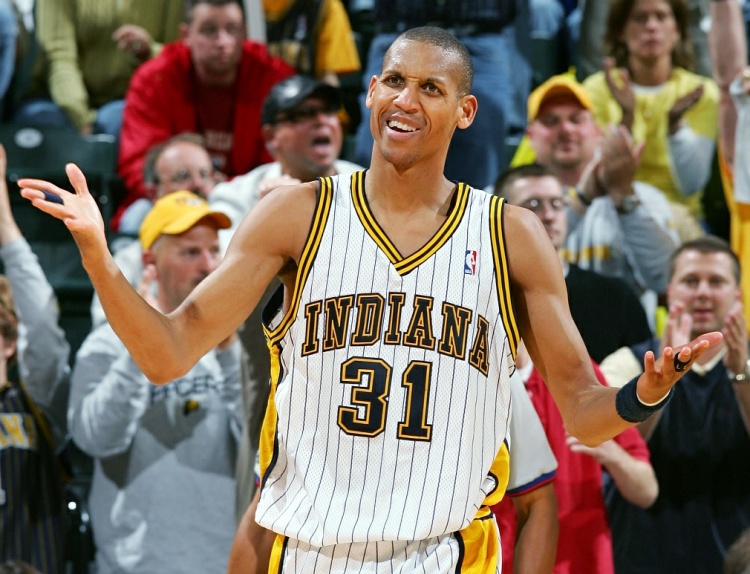
“I think these things are great, but I don’t want technology to deprive the players of the feeling of training in the stadium.” Piston coach Monty Williams said.
Monty went on to say that technology could not analyze the fatigue degree of players and their mentality when shooting. The company can only analyze basic shooting training at present, but they hope that the technology can be used in training and competition in the future.
“I don’t think biomechanical analysis is omnipotent. Generally speaking, it is only a tool in the whole toolbox.” Kruseman said.
Monti and Rocket coach Wu ducurno, the new coach of Thompson brothers, mentioned that not all players can adapt to the same shooting action, although this action is reasonable in biomechanics. Wu ducurno specifically mentioned Reggie Miller, whose shooting was unconventional. He was a member of the Hall of Fame and a historical shooter.
“I have seen some players whose shooting action is not good, but they have become excellent shooters through training. Therefore, there is no specific science behind shooting, but some technical means can really help them improve their hit rate. Most of the time, these technologies are similar. After you get the data, there is no doubt that many data are the same. Some people will train in the way they have mastered shooting.” Wu ducurno said.
Battier said the mission of the basketball Data department of Breakaway Data company was “to explore whether there is the best biomechanical feature to become an elite shooter”, but he showed that the company’s method was not necessarily “one size fits all.
Of course, it is foolish to suggest an excellent shooter to change his shooting posture to pursue the perfection of biomechanics. However, the data provided by Breakaway can find the inconsistency in the players’ shooting and link it with inefficiency.
Battier said that he believed that the biomechanical shooting laboratory could eliminate a lot of speculation. When players felt it necessary to adjust their shots, they could tell them with scientific answers.
When Battier recalled the most important adjustment in his career, he smiled. In the playoffs in 2013, he fell into the bottom of shooting. In 11 games, he scored 2 in 25 3-point shots, among which in the eastern semi-final G7, he ushered in the first DNP in his career. During the warm-up before the match, the ball felt strange every time he shot, so he decided to aim at the left side of RIM.
The result of this trick worked, and Battier got rid of the downturn. In the final of the Heat victory over Spurs, Battier made 9 shots in the three-point goal 12 of G6 and G7. But Battier was one of the first players to deeply study data analysis. He would rather believe in data than stupid luck.
“This is not a revolutionary discovery in the field of basketball, but it is an answer.” Battier said when talking about biomechanical data analysis.
Author: Tim MacMahon
Compilation: Fontaine
 3 million a day?! Kuzma forwarded Neymar’s signing photo: Let me get some money too
3 million a day?! Kuzma forwarded Neymar’s signing photo: Let me get some money too Brother
Brother